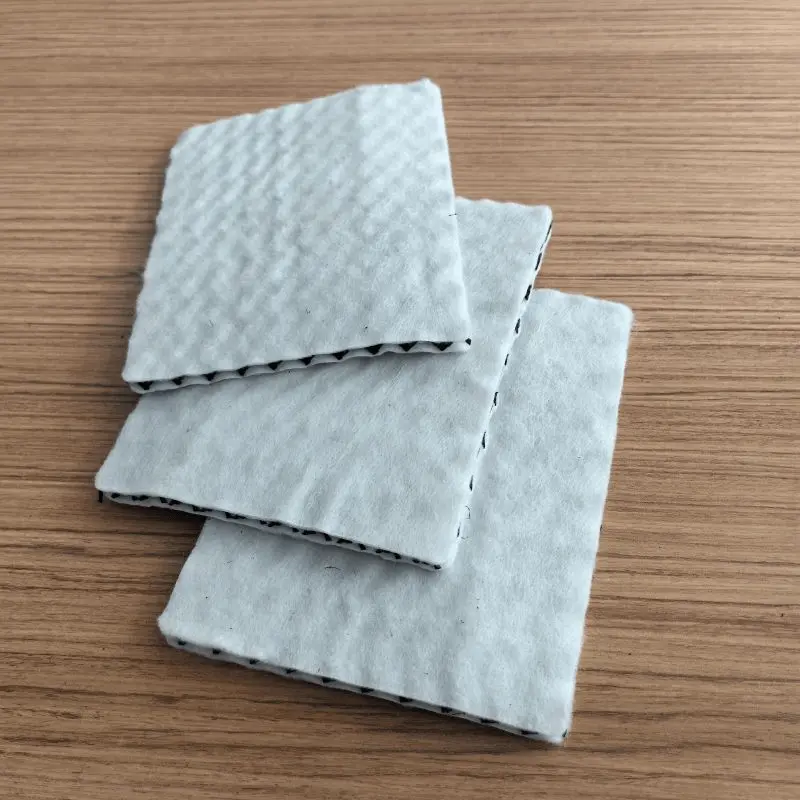The 20 Key Advantages of Composite Drainage Networks: Shaping a Smarter, More Environmentally Friendly Drainage Future
In today's increasingly complex and changing urban landscapes, composite drainage networks have emerged as innovative drainage solutions, exhibiting unparalleled advantages. Here are the top 20 benefits of composite drainage networks, which together shape a smarter, more environmentally friendly drainage future.
Cost-Effectiveness: Composite drainage networks offer cost-efficient materials and technologies, providing a high-value option for urban drainage systems.
Efficient Drainage: Their design allows for rapid and effective drainage of rainwater and wastewater, preventing flooding and other environmental issues. Efficient Drainage and Cost-Effectiveness are tied as the most prominent advantages of the composite drainage network, which is what makes it the most popular drainage network.
Strong Resistance to Compression: Composite drainage networks can withstand high pressure, maintaining stability even in extreme weather conditions.
Environmental Friendliness: This drainage system reduces pollution to natural water bodies through filtering and purification processes.
Ease of Installation and Maintenance: Their modular design simplifies installation and maintenance, reducing operational costs. Ease of Installation and Maintenance is also an advantage that cannot be ignored in composite drainage network.
Flexibility and Adaptability: Composite drainage networks are suitable for various terrains and soil types, offering strong adaptability. Flexibility and Adaptability are one of the very significant advantages of composite drainage network.
Improved Drainage Efficiency: Compared to traditional drainage systems, composite drainage networks can handle larger water flows more effectively.
Chemical Resistance: They resist erosion from various chemical substances, prolonging service life.
Strong Load-Bearing Capacity: Suitable for heavy-duty vehicles and equipment, enhancing the durability of urban infrastructure.
Space Optimization: Compact designs enable more efficient land use in urban spaces.
Multifunctionality: Composite drainage networks are not only used for rainwater drainage but can also integrate other functions such as irrigation, cooling, etc.
Aesthetic and Harmonious: Multiple colors and design options coordinate with surrounding environments, enhancing urban aesthetics.
Thermal Insulation: In certain applications, composite drainage networks provide additional thermal insulation layers, contributing to energy conservation.
High Toughness and Strength: They maintain stability and functionality even in extreme weather conditions.
Sealing Performance: Prevents water leakage, ensuring the integrity and efficiency of the drainage system.
Improved Road Performance: Applications in road construction enhance the durability and driving comfort of roads.
Agricultural Applications: In farmland irrigation systems, composite drainage networks help conserve water resources and improve irrigation efficiency.
Promotion of Sustainable Development: By reducing flooding, protecting natural resources, and improving the efficiency of urban infrastructure, composite drainage networks contribute to sustainable development.
Technological Innovation: With continuous technological advancements, the design and functionality of composite drainage networks are constantly optimized, meeting the diverse needs of modern urban drainage.
Community Engagement and Education: The promotion and application of composite drainage networks promote public awareness and participation in drainage systems and environmental protection.
In conclusion, composite drainage networks are shaping a smarter, more efficient, and environmentally friendly urban drainage future with their unique advantages. With further technological developments and expanded applications, composite drainage networks will play an increasingly important role in future urban construction.
483.webp)

354.webp)
579.webp)
503.webp)
759.webp)
214.webp)
934.webp)